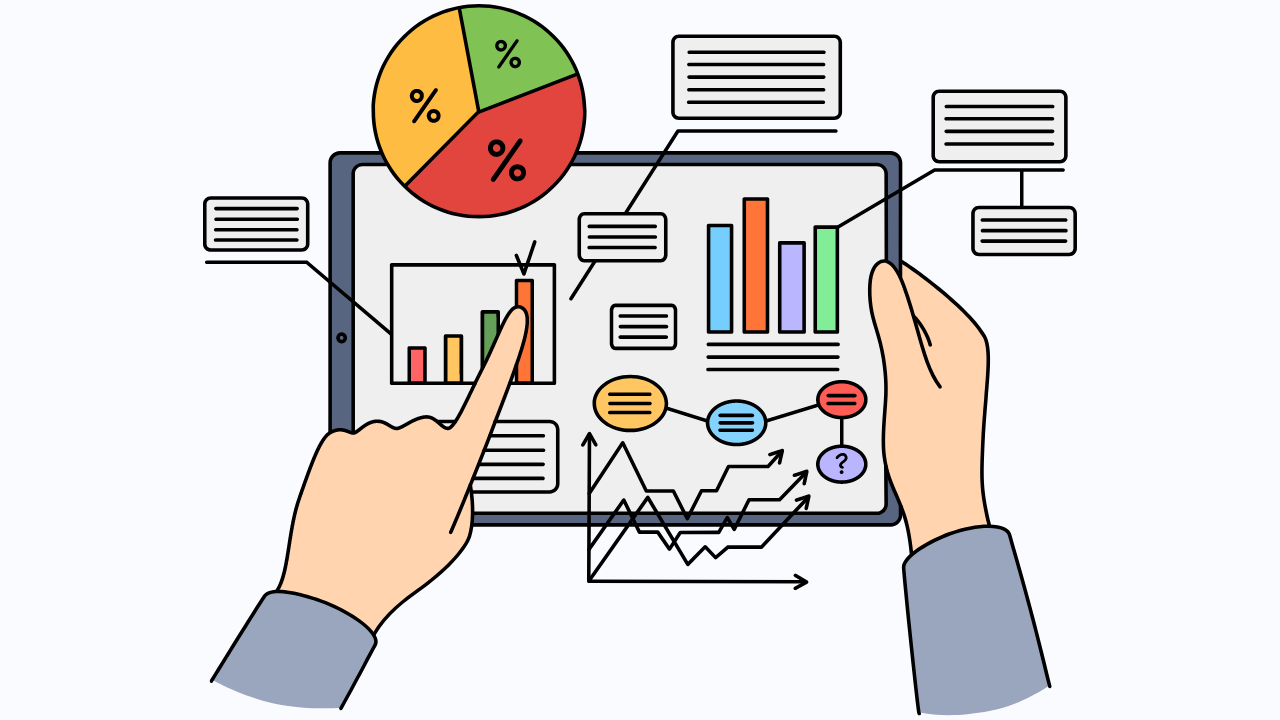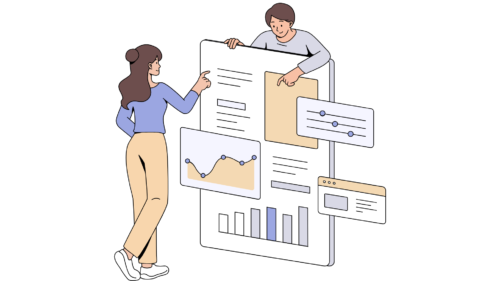
In today’s data-centric world, organizations recognize the pivotal role of data analytics in revolutionizing how they manage their workforce and leverage their Applicant Tracking Systems (ATS). Integrating data analytics into these areas enables companies to extract valuable insights, empowering them to make data-driven decisions and continually refine their strategies for enhanced efficiency.
Let’s delve deeper into how data analytics plays a transformative role in optimizing both workforce management and ATS performance.
Understanding Workforce Management and ATS
Workforce management involves overseeing all aspects of an organization’s workforce, including scheduling, performance monitoring, talent acquisition, and more. Simultaneously, ATS streamlines the recruitment process by managing job postings, candidate applications, and hiring workflows.
What is Data Analytics in HR?
Data analytics in HR involves analyzing human resources data to derive insights for informed decision-making. It encompasses collecting and scrutinizing employee-related information, such as performance metrics and recruitment data, using advanced tools and techniques.
By interpreting this data, HR professionals can optimize recruitment processes, enhance employee engagement, predict future workforce needs, and evaluate the effectiveness of HR strategies. This analytical approach empowers HR teams to make data-driven decisions, improve workforce management, and align HR practices with organizational objectives.
Why Data Analytics Matters for HR Decision Making?
Data analytics is pivotal for HR decisions, revolutionizing strategies and operations. It refines recruitment by analyzing past hiring data, enhances engagement through feedback insights, and predicts future workforce needs.
This approach enables proactive planning for skill gaps and measures the impact of HR initiatives, ensuring effective investments. Data analytics mitigates biases by relying on factual evidence, enabling agile decision-making. Ultimately, it empowers HR to craft adaptive, evidence-based policies that nurture an engaged workforce, fostering sustained organizational growth and competitive edge.
The Power of Data Analytics in Recruitment
- Improved Recruitment Processes: Data analytics empowers recruiters to analyze historical hiring data stored in the ATS. By examining successful hires’ attributes, sources of quality candidates, and time-to-fill metrics, recruiters can optimize job postings and sourcing strategies to attract top talent more effectively.
- Enhanced Candidate Screening: Utilizing data analytics enables the creation of algorithms that screen and rank applicants based on different criteria, such as skills, qualifications, and cultural fit. This significantly streamlines the candidate selection process, saving time and resources.
- Predictive Analytics for Workforce Planning: Analyzing workforce data helps forecast future staffing needs identifying potential skill gaps or turnover risks. This proactive approach allows HR departments to develop strategic plans for recruitment, training, and talent development.
- Optimized Performance Management: By analyzing employee performance metrics, such as productivity, attendance, and engagement, organizations can identify patterns and outliers. This insight facilitates targeted interventions, personalized training, and rewards systems, improving overall workforce productivity.
- Real-time Decision-Making: Advanced analytics provide real-time insights, allowing organizations to make swift, data-driven decisions. For instance, managers can adjust staffing levels based on current demand or dynamically allocate resources for maximum efficiency.

Implementing Data Analytics in Workforce Management and ATS
Data Collection and Integration
Gathering data from various sources, such as ATS, HRIS (Human Resource Information System), and performance evaluations, is crucial. Integrating these diverse data sets allows for a detailed analysis that provides a holistic view of the workforce.
Utilizing AI and Machine Learning
Leveraging AI and machine learning algorithms can identify patterns, automate repetitive tasks, and predict future trends. These technologies help in creating predictive models for workforce planning and improving recruitment processes.
Data Privacy and Ethics
As data analytics involves handling sensitive employee information, maintaining data privacy and adhering to ethical standards is imperative. Implementing robust security measures and complying with regulations like GDPR ensures responsible data usage.
Wrapping Up
In conclusion, the application of data analytics in optimizing workforce management and ATS performance offers multifaceted benefits. It drives smarter recruitment strategies, enables predictive insights for proactive decision-making, enhances employee performance, and ultimately contributes to organizational success.
By embracing data-driven methodologies and leveraging advanced analytics tools, businesses can reveal the full potential of their employees, boosting a culture of continuous improvement and staying ahead in today’s competitive landscape.
To receive and stay updated about related content:





